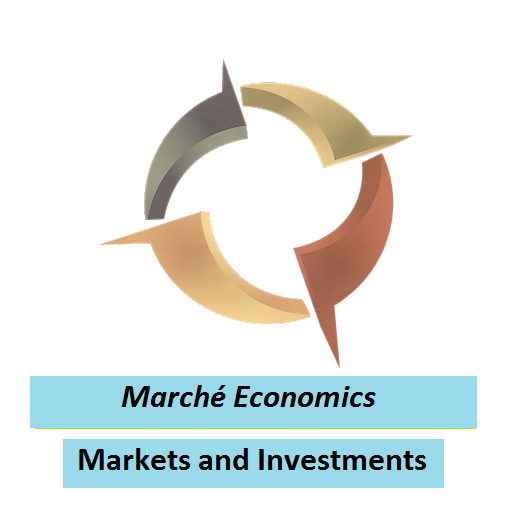February 5: The Fed is between a rock and a hard place. It’s main monetary aggregate M2 has come down from its peak from about a year ago only 2.3%. This is very little and has come about from just letting bonds expire and role off the Feds balance sheet, and then letting the Treasury refinance them at higher rates, sell them, and thereby reduce the money supply somewhat.
As the IMF (and I) have pointed out:
- this is not a conventional cycle, and 12 months on, immaculate disinflation is now the baseline. The global economy has been hit by a series of shocks in recent years, making it very difficult to decipher the underlying drivers of inflation. But as we’ve moved through the cycle, it is apparent that these shocks are largely to blame. This is supported by a recent ECB paper, which concludes that ‘the dynamics of core prices…are mostly explained by supply chain disruption shocks and to a lesser extent by adverse energy supply shocks.’
- It thus follows that as the impact of these shocks have dissipated, so too have inflationary price pressures, irrespective of the demand-side environment. The result: immaculate disinflation.
- As central banks can do little to control supply-side inflation, why aren’t they cutting rates already? There is a channel through which supply side dynamics can support persistently higher inflation, via expectations, pushing wages higher. But even here, there is little evidence to suggest this is happening (indeed, it has never really been a major risk).
So, essentially the Fed has had zero effect on inflation and demand side management has neither decreased inflation or increased unemployment, indicating that there is absolutely no Phillips curve relationship in the economy. The Fed’s only concerns are its own credibility and inflationary expectations . . . neither of those appear to exist either. Moreover, the PCE core and overall indices indicate that the Fed’s inflationary target of 2% is essentially met (by supply-side economic effects only).
The Fed’s real problem is that bonds start maturing and rolling off its balance sheet at a much faster rate very soon. The Treasury must finance government debt by refinancing these matured bonds at higher rates. Selling them to the public is what reduces the money supply, such as M2. Projections show an increasingly faster (negative second derivative) rate in the near future.
As the IMF points out: But elevated borrowing cost will continue to constrain activity and result in sub-trend growth through the next few years, as central banks retain a relatively restrictive policy stance. The IMF forecast 1.5% growth across advanced economies in 2024 and 1.8% in 2025, both below the 2015-19 average of 2.1%. While policy rates will come down over the next few years, reducing debt servicing costs, and boosting credit growth across households and businesses, this recovery will be more slow-burn than pan-sear.
As the money supply continues to decrease and interest rates are pushed upward, the Fed has no other recourse than to start reducing interest rates and begin monetizing the new Treasury issued debt. It must do this to keep interest rates from rising too much and too fast. This takes us back to the George W. Bush tax cuts in 2001 and a Fed forced to keep interest rates low by monetizing the mounting debt. This lead to bursting stock market and housing asset bubbles in 2008. So buckle up and get ready. The next 10 years could very well be predictable.
In the mean time, I have some stocks to consider: OII, MOD, PPC, LRN, and PLAB for growth. For growth and income: RITM, AMBP, TIMB, and PAX. During the previous 3 months, the top ETFs were: SMH, SOXX, SOXQ, IGPT, and WCLD.
The S&P 500 currently sports a relative strength index of over 70, which means it is oversold. Get ready for another stock market pull back as things are a bit too heated at the moment. For those interested in parking money, consider some T-bill (BTL) alternatives such as BOXX, TFLO, and JAAA. As always, good investing!
